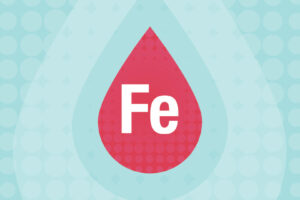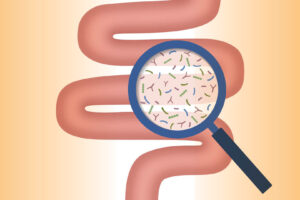Years after Toms River resident John Cicolella served our country in Vietnam, he began to experience severe jaw, back, and shoulder pain and excruciating headaches. Now, after years of debilitating pain, he is back to riding his motorcycle, thanks to physical therapy.
John, 68, spent two years in Vietnam, where he was exposed to an herbicide called Agent Orange. Once home, he began having health issues, including clicking in his jaw, shooting pain from his jaw to his ear, headaches, and migraines that he believes may be attributed to that exposure.
“I couldn’t sleep or eat,” John explains. “Just laying my face on the pillow hurt.”
Recognizing Jaw Pain
Symptoms of TMJ disease can include:
- Clicking, locking, popping, or pain when speaking, chewing, or yawning
- Hearing loss or a feeling of fullness in the ear
- Tooth or facial pain
- Headaches or migraines
The pain stemmed from his temporomandibular joint (TMJ), which is located on the sides of the jaw. When jaw muscles are too weak, too tight, or in spasm, TMJ disorders (also called temporomandibular disorder or TMD) can cause pain in the joint and the muscles that control it. Other causes of TMJ disorders include prolonged dental work, grinding or clenching the teeth, nail-biting, poor posture, joint trauma, arthritis, stress, and anxiety.
To deal with the pain, John tried chiropractic adjustments and acupuncture, but relief didn’t last. His neurologist referred him to CentraState Rehabilitation Center in Monroe. Karinne Camens, PT, MSPT, a physical therapist with special training in TMJ disorder treatment, evaluated the strength and range of motion in John’s neck, jaw, shoulders, and upper back, assessed his posture, and then developed a tailored treatment plan based on his evaluation and medical history. He met with Karinne once or twice a week for 45-minute sessions. Activities included hands-on manipulation to relieve muscle spasms in the neck and jaw, stretching exercises that enabled him to open his jaw wider, posture-improving exercises, and stress management through mindful breathing and body awareness.
“John had many symptoms and a history of trauma from combat, a motorcycle accident, and stress,” Karinne explains. “Four weeks into therapy, he no longer experienced clicking and jaw pain. We then focused on reducing the frequency, intensity, and duration of his headaches and migraines. He was motivated to attend sessions because he felt better after each one.”
Since the jaw pain and headaches subsided, John says he’s more active and he’s able to eat bagels again. He now knows what exercises to do to continue improving his posture and reduce the stress in his neck and jaw muscles so the pain doesn’t return.
“Five years ago, I was told I’d be in a wheelchair by 70,” says John, who often walks the Seaside Heights boardwalk. “No way. I’m going to enjoy life.”
Learn more about CentraState rehabilitation services at centrastate.com/rehab or 866-CENTRA7 (866-236-8727).





